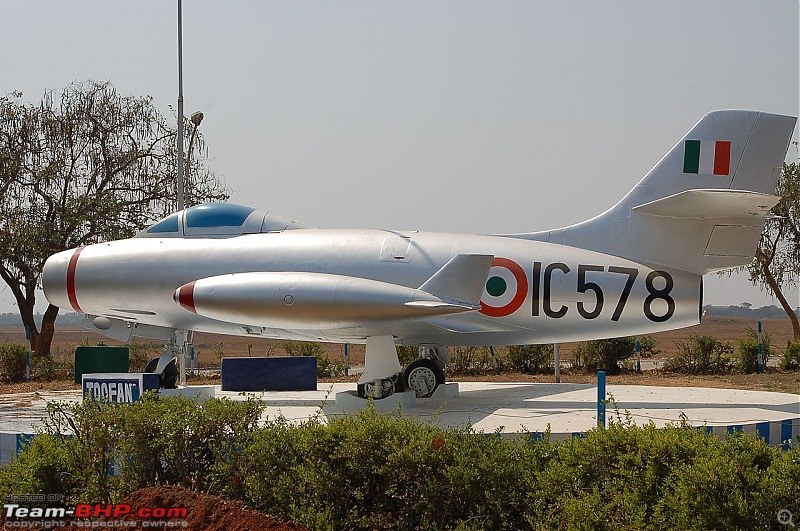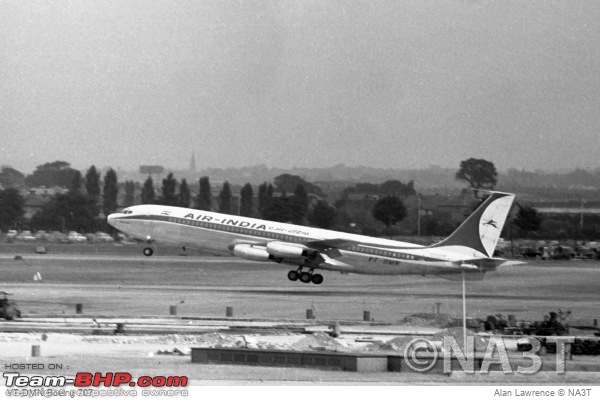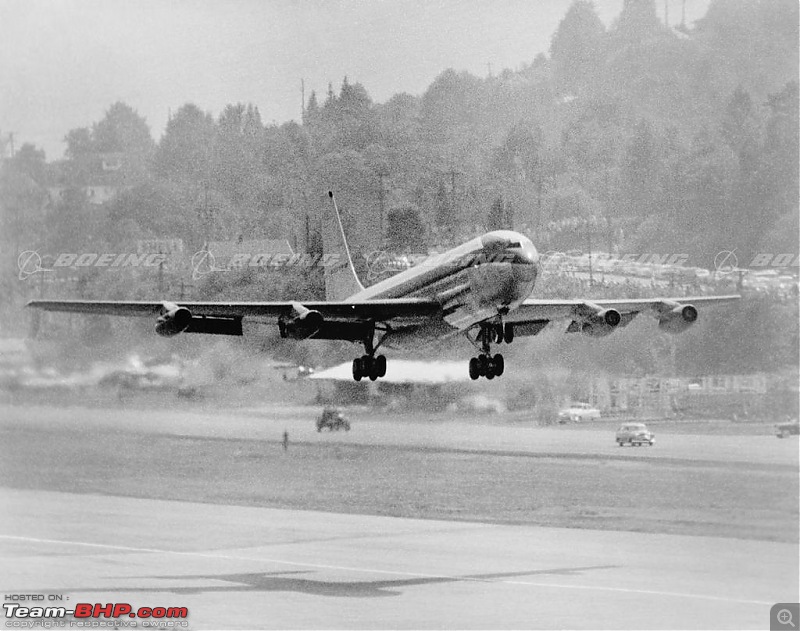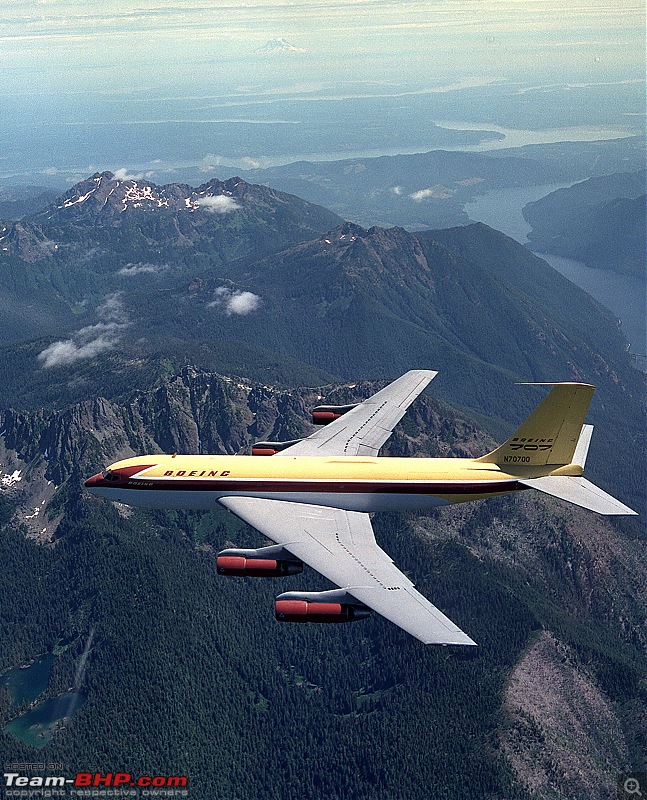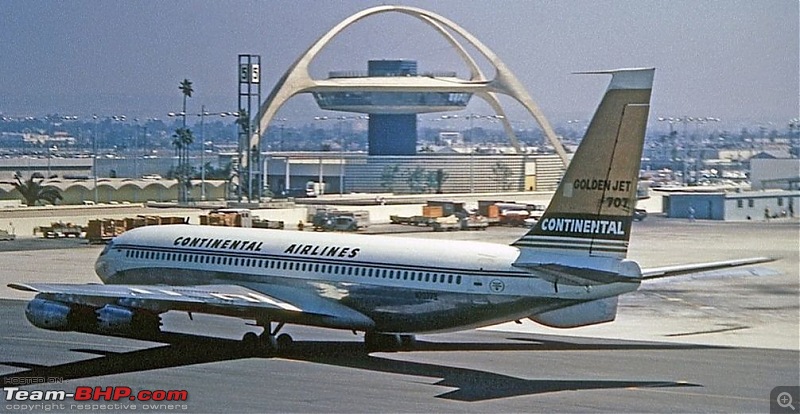| | #121 |
| Distinguished - BHPian  Join Date: Aug 2014 Location: Delhi-NCR
Posts: 4,071
Thanked: 64,296 Times
| |
| |  (6)
Thanks (6)
Thanks
|
| |
| | #122 |
| Senior - BHPian | |
| |  (7)
Thanks (7)
Thanks
|
| | #123 |
| Distinguished - BHPian  Join Date: Aug 2014 Location: Delhi-NCR
Posts: 4,071
Thanked: 64,296 Times
| |
| |  (4)
Thanks (4)
Thanks
|
| | #124 |
| Distinguished - BHPian  Join Date: Aug 2014 Location: Delhi-NCR
Posts: 4,071
Thanked: 64,296 Times
| |
| |  (7)
Thanks (7)
Thanks
|
| | #125 |
| Senior - BHPian | |
| |  (1)
Thanks (1)
Thanks
|
| | #126 |
| Distinguished - BHPian  Join Date: Aug 2014 Location: Delhi-NCR
Posts: 4,071
Thanked: 64,296 Times
| |
| |  (6)
Thanks (6)
Thanks
|
| | #127 |
| Distinguished - BHPian  | |
| |  (1)
Thanks (1)
Thanks
|
| | #128 |
| Senior - BHPian Join Date: Jul 2009 Location: Calcutta
Posts: 4,668
Thanked: 6,217 Times
| |
| |
| | #129 |
| Senior - BHPian Join Date: Sep 2019 Location: Pune
Posts: 2,481
Thanked: 7,450 Times
| |
| |  (1)
Thanks (1)
Thanks
|
| | #130 |
| Distinguished - BHPian  Join Date: Aug 2014 Location: Delhi-NCR
Posts: 4,071
Thanked: 64,296 Times
| |
| |  (4)
Thanks (4)
Thanks
|
| | #131 |
| Senior - BHPian Join Date: Jul 2009 Location: Calcutta
Posts: 4,668
Thanked: 6,217 Times
| |
| |
| |
| | #132 |
| Distinguished - BHPian  | |
| |  (4)
Thanks (4)
Thanks
|
| | #133 |
| Distinguished - BHPian  Join Date: Aug 2014 Location: Delhi-NCR
Posts: 4,071
Thanked: 64,296 Times
| |
| |  (1)
Thanks (1)
Thanks
|
| | #134 |
| Senior - BHPian Join Date: Jul 2009 Location: Calcutta
Posts: 4,668
Thanked: 6,217 Times
| |
| |
| | #135 |
| BHPian Join Date: Nov 2007 Location: Bombay
Posts: 412
Thanked: 438 Times
| |
| |
 |
Most Viewed







